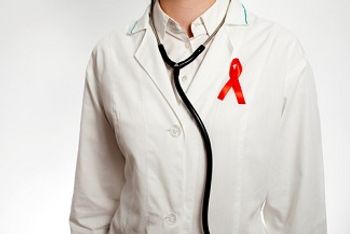
Closing treatment gaps is critical to ending the HIV epidemic in the United States.

Closing treatment gaps is critical to ending the HIV epidemic in the United States.
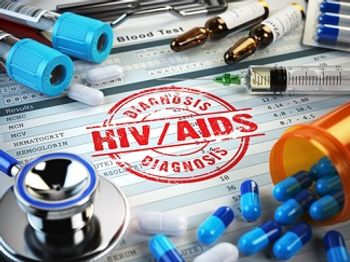
Medication advancements offer more options and formulations for treating pediatric patients living with HIV.
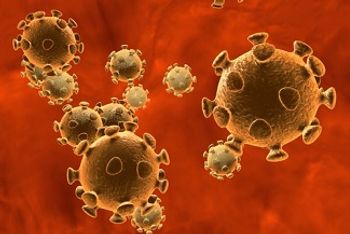
New research from Johns Hopkins reveals that 2 genes, CMPK2 and BCLG, are selectively activated in the presence of type 1 interferon.
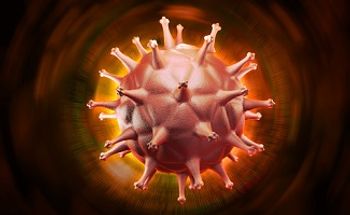
Use of ibalizumab in combination with other HIV treatment could be an effective option for adults with advanced drug-resistant HIV.
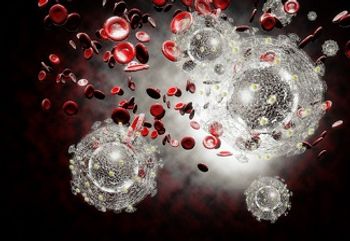
A phase 3 trial has met its primary endpoint, showing a similar efficacy of a once-a-month injectable 2DR of cabotegravir and rilpivirine compared to daily, oral 3DR.

The results of a study published by JAMA Internal Medicine are a call to action for cities facing homelessness crises.
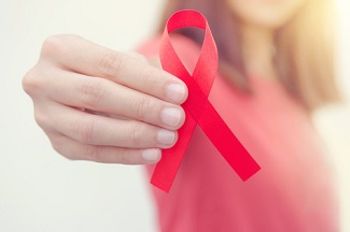
The method uses genetic sequencing to pinpoint the source of new infections following a community intervention, therefore measuring the impact of the intervention.
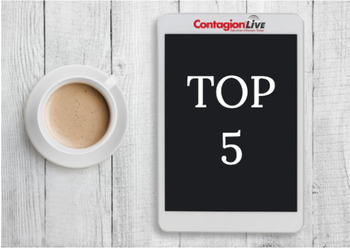
Stay up-to-date on the latest infectious disease news by checking out our top 5 articles of the week.

New research shows that incidences of suicidality were higher among patients who were prescribed EFV compared to a control group; the results indicate that EFV, rather that treatment initiation timelines, were correlated with suicidal behavior.
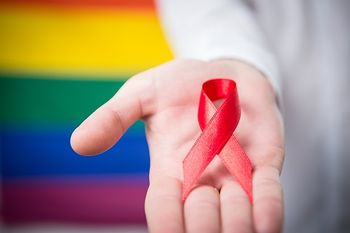
Science doesn’t support legal punishment of HIV-positive people.
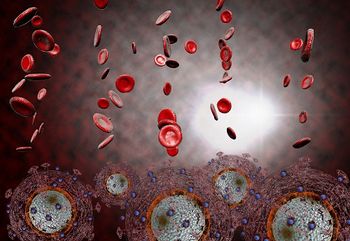
A new CDC analysis underscores the need for HIV testing programs in the southern part of the United States to improve linkage medical care among HIV-positive black men who have sex with men (MSM).
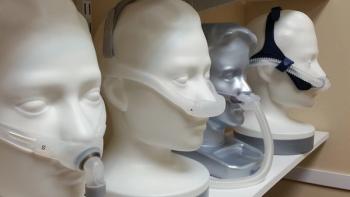
OSA is largely untreated in HIV patients, and this lack of treatment likely contributes to further comorbidity complications associated with the virus.
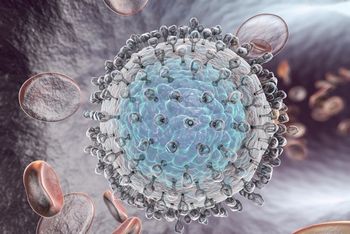
Eradication of HCV in patients with HIV results in reduction of CD4+ and CD8+ T cell immune activation.
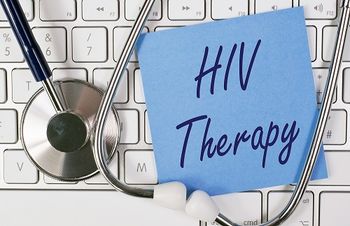
At week 96, 73.1% of patients infected with HIV-1 and treated with once-daily doravirine + other ART medications, achieved viral suppression.
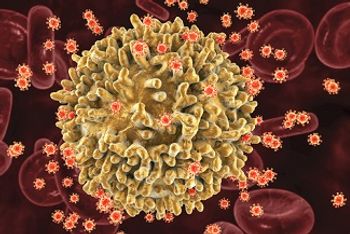
Investigators report results of the first randomized clinical trial to test a novel strategy to wake up and kill dormant HIV hiding in reservoir cells.
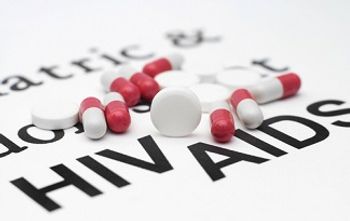
Dolutegravir and lamivudine combination regimen met primary endpoint in 2 phase 3 studies of treatment-naïve patients with HIV.
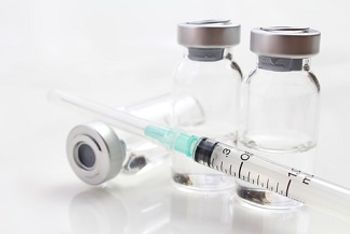
Mosaic-based vaccine regimen maintained humoral and cellular HIV immune responses according to long-term data from APPROACH.
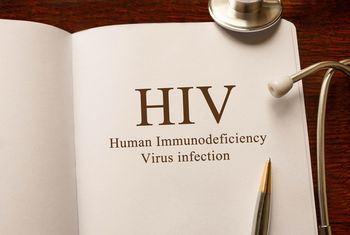
New guidelines on the prevention and treatment of HIV in adults from the IAS-USA Panel highlight advances made since the 2016 guidelines, as well as the need for new strategies.

PARTNER 2 study reports zero HIV transmissions over 8 years in gay couples who did not use condoms and had achieved an undetectable viral load on HIV treatment.

More information continues to come to light on the impact of protease inhibitors on patients with HIV and cardiovascular disease.
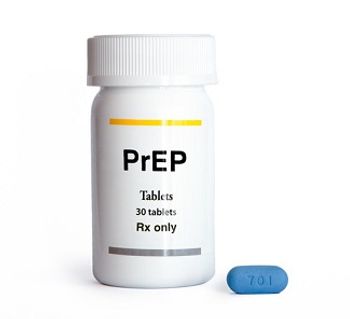
A new study reports that PrEP users were more likely to receive more primary health care services compared with non-PrEP users.
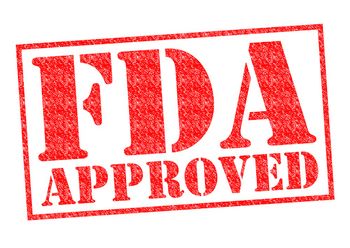
The FDA has approved the first complete, darunavir-based single-tablet regimen (STR) for the treatment of HIV in treatment-naïve and certain virologically suppressed adults.

In case you missed them, we’ve compiled the top 5 infectious disease articles from this past week.
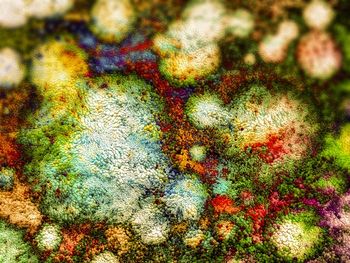
New research confirms that substance use and certain sexual practices among men who have sex with men may alter gut flora in ways that can have health consequences.

An experimental HIV-1 vaccine regimen reportedly produced immune responses against HIV in humans and rhesus monkeys.